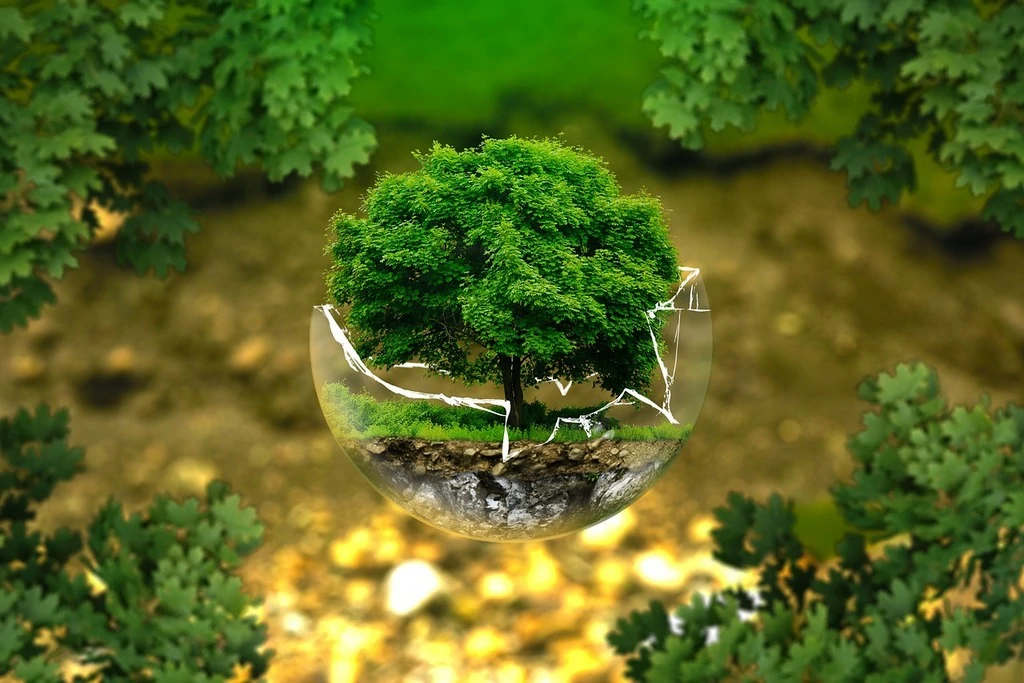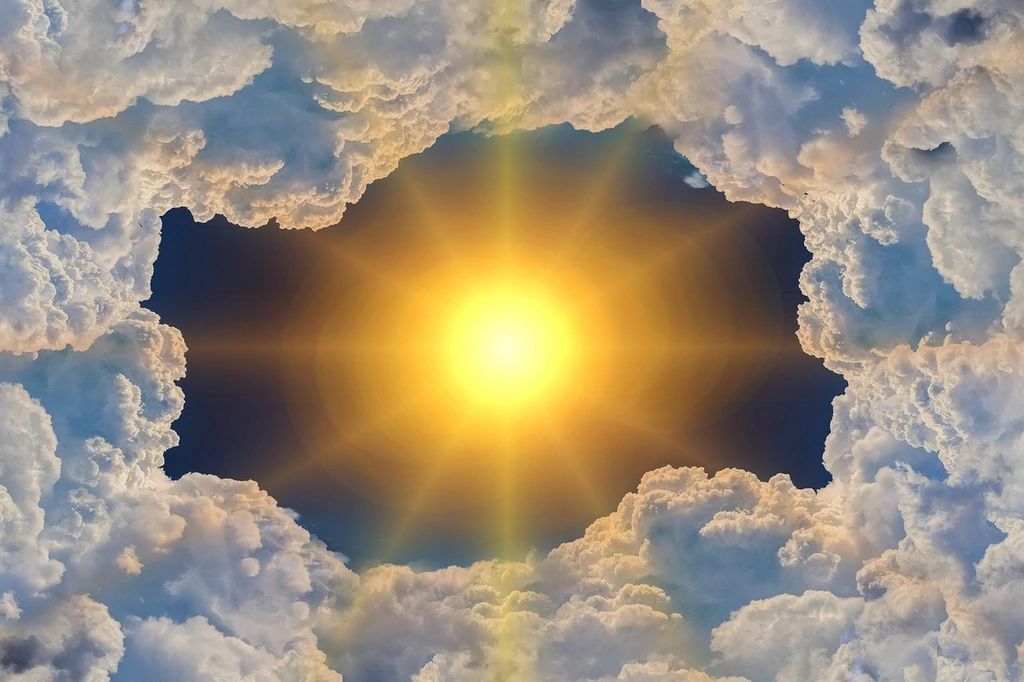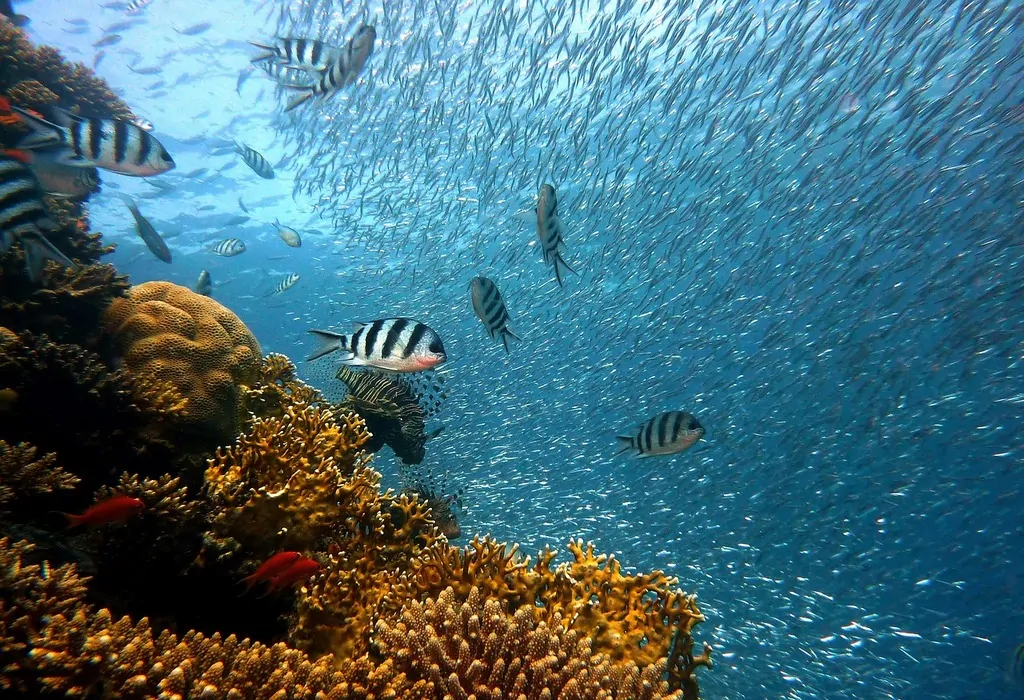
Do you sometimes feel that our efforts towards environmental conservation are in vain? That the changes you make are just a drop in the ocean? In reality, even small steps contribute to significant progress in environmental conservation, impacting not only individuals but also global efforts. Here are three major successes that prove our shared efforts are not in vain.
The Ozone Hole: How We Saved the Protective Shield of Our Planet

In the 1980s, the world learned that our atmosphere had a huge problem – the ozone layer over Antarctica was severely damaged, and the consequences could have been catastrophic. Despite initial skepticism, the Montreal Protocol was adopted in 1987, aiming to eliminate the use of chemicals that damage the ozone layer. More than 30 years later, we see positive results of these efforts.
According to the 2024 report of the National Oceanic and Atmospheric Administration (NOAA), the Antarctic ozone hole has become the seventh smallest since its recovery began, with a positive trend continuing over the years (NOAA, 2024). Additionally, the United Nations Environment Programme (UNEP) confirms that by 2066, the ozone layer should return to its pre-1980 levels, indicating positive outcomes from global efforts (UNEP).
These findings are a clear indication that joint efforts can lead to significant results that protect our planet.
The Great Barrier Reef: Hope for Coral Reefs

Coral reefs are invaluable ecosystems facing enormous challenges, including climate change, pollution, and ocean acidification. Despite these threats, there is hope. Scientists and local organizations, such as the Coral Restoration Foundation, are focused on restoring corals through innovative transplanting methods and the protection of endangered areas.
According to David Smith, a marine scientist from Mars Inc., current research confirms that restoring damaged reefs with special techniques can take just four years, demonstrating that rapid recovery is possible. This is fully evident at Mars’ Hope Reef off the coast of Indonesia, where coral cover increased from 2% to 70% since restoration efforts began in 2021, and fish populations have increased by 260%.
(Time – David Smith)
These testimonies show that collective effort leads to real and visible changes, and that even in the most challenging situations, there is a way to make a difference.
African Rhinos: Conservation Measures Making a Difference

Rhinos are a symbol of the fight against poaching and the protection of biodiversity. In the past, their numbers fell dramatically, but in recent years, we see hopeful improvement. Thanks to effective conservation measures and international cooperation, rhino populations are once again on the rise.
According to the International Union for Conservation of Nature (IUCN) report from 2023, the population of African rhinos increased by 5.2% compared to 2021, reaching approximately 23,290 individuals by the end of 2022. The number of white rhinos increased by 5.6%, marking the first increase since 2012, while the black rhino population grew by 4.2%. These positive results are proof that efforts to protect rhinos bring real and visible outcomes.
(IUCN – African rhino numbers are increasing despite poaching)
These stories show that the fight to protect rhinos is producing results, thanks to the cooperation and dedication of all involved parties.
It's Worth It
These stories prove that our efforts are worth it. Together, we can make positive changes, whether it’s protecting the ozone layer, regenerating ecosystems, or saving endangered species. The world is changing, and our efforts are a key part of this positive transformation. Each of us can contribute – whether it’s through daily decisions at home, reducing plastic consumption, or supporting environmental initiatives. We shouldn’t rely solely on major political decisions but also on what we can do ourselves. Every step, no matter how small, matters and can contribute to a better future.
